Blessed with year-round great weather, unique rivers, coastal and inland gorge landscapes, Kalbarri is a favorite Western Australia holiday destination for all types of travelers.
Kalbarri is uniquely placed between two distinctly different landscapes. Spectacular cliffs to the South, towering above the ocean below, and inland river gorges in Kalbarri National Park to the East, with rock formations as old as 400 million years.
If you are visiting Western Australia this summer, we recommend that you include the Kalbarri National Park in your Australia travel itinerary.
History around Kalbarri National Park
Kalbarri National Park was established in 1963 and covers an area of 1,830 square kilometers. It is located about 485 kilometers north of Perth, between the towns of Geraldton and Carnarvon. The park is named after an Aboriginal man from the Nanda tribe, who were the original inhabitants of the land. The Nanda people have a spiritual connection to the land and believe that a serpent called Beemarra sculpted the landscape during the Dreamtime.
Kalbarri National Park has a rich history that dates back to European settlement. The park's coastline was the site of many shipwrecks, including the Batavia and the Zuytdorp, which were Dutch East India Company vessels that sank in the 17th century. Some of the survivors of these wrecks lived with the local Aboriginal people, making this one of the first contacts between Europeans and Indigenous Australians. The park also has many Aboriginal heritage sites, such as freshwater springs and rock art.
Inland River Gorges
Covering an area of 186,000 hectares, Kalbarri National Park’s rugged terrain, majestic beauty, and peaceful seclusion attract thousands of visitors each year. A great place to take a walk and enjoy each view.
 |
| Hawks Head |
Hawks Head
Hawks Head is aptly named after the shape of the rock structure seen from the lookout. Enjoy the gorge views from the picnic area or wander down the sealed path to the lookout above the river.
Ross Graham Lookout
Named after the first schoolteacher in Kalbarri, Ross Graham was a devoted conservationist who was a key player in the exploration of the Murchison River. This lookout offers breathtaking views over the gorges. Take a short walk from the lookout down to the river’s edge and relax under the shady canopy.
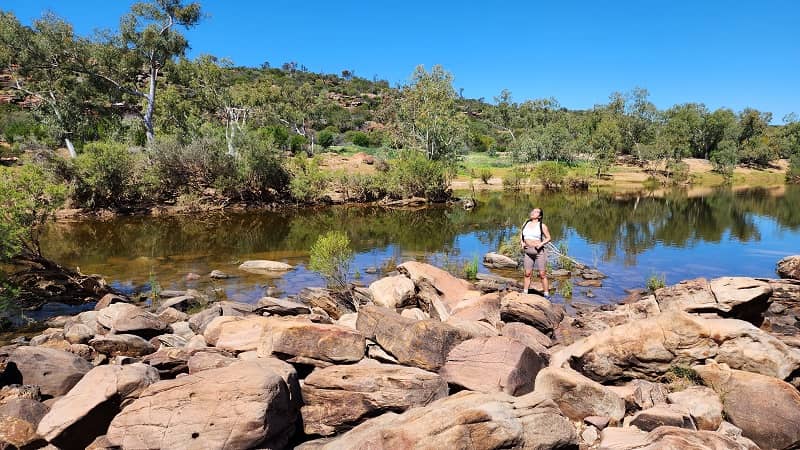 |
| Ross Graham |
Z-Bend Lookout
Considered by many to offer the most breathtaking view of the park, the gorge plunges 150m down to where red river gums create a striking contrast against the earthy Tumblagooda sandstone. View the Eurypterid tracks with informative signage to explain these ancient sea scorpion impressions.
Z-Bend River Trail
Access from the Z-Bend lookout path, this demanding hike provides river access. Expect loose rocks, steep descents, and ladder climb with spectacular scenery along this trail.
Loop Hike
Starting at Nature’s Window, fit and well-prepared hikers can continue further into the gorge system and complete the 9km loop trail – it’s a challenging but impressive hike. Be warned that heat stress has resulted in fatalities on this trail. Hiking in the river gorge is not recommended over the hotter months of November to March. Please note the Loop Trail is closed from 7am and overnight hikes are not permitted during this period.
Meanarra Hill Lookout
This limestone-capped peak is visible from several locations around Kalbarri. The road is sealed, and you can take the short walk to several lookouts with plenty of shade and seating. Perfect place to catch the sunset.
The Murchison River
 |
| The Murchison River |
Murchison River is the second longest river in Western Australia and runs for nearly 80 kilometers through the park. The river has carved a deep gorge through the red and white striped Tumblagooda sandstone, creating dramatic views and challenging hiking trails. One of the most popular attractions in the park is Nature's Window, a natural rock arch that frames the river below. The river also offers opportunities for fishing, boating, kayaking, and swimming.
Murchison River starts its journey near Meekatharra, traveling across dry plains, hills, salt lakes, and gorges with many rivers forming this massive catchment area. Cyclonic activity in the north of the state drops heavy rain into the catchment area, resulting in floodwaters reaching Kalbarri up to three weeks later. In extreme flood events, muddy brown water can be seen emptying into the ocean creating a stark contrast between blue water and brown. These floodwaters carry an amazing array of nutrients that nourish and restore the river system.
Eagle's Gorge
I also hiked down to the beach, which was a bit steep but totally worth it. The water was clear and refreshing, however, we didn’t go for a swim coz the water was freezing! There were also some interesting rock formations and caves to explore. The beach was not crowded at all, so I felt like I had my own private paradise.
Kalbarri Skywalk
Inspired by the region’s Aboriginal heritage and beauty, several local Indigenous artists have created interpretive artwork as an important part of the Skywalk experience. This includes the Beemarra serpent, central to the dreaming story of the Nanda people, sandblasted into the walking path to guide visitors, and message sticks welded with Aboriginal art to make a forest near the entrance of the Skywalk.
Over 1000 tonnes of sandstone were excavated during the construction and then reused to create the surrounding tiered landscape. Made of 117 tons of weathering steel and able to support a weight of 1000kg/square meter, the lookouts provide a top opportunity to take some iconic holiday photos.
Fur-locals
The park area has observation records for about 200 different animal species in the interior of the park. More than 400 species have been recorded near the coast and around the town of Kalbarri.
Black-flanked rock wallabies were considered extinct from Kalbarri National Park for 20 years until two wallabies were filmed in a gorge in 2015. In 2018, 25 wallabies were introduced into the park and now have a small but thriving population living in Kalbarri National Park. The translocation is a collaboration between the Department of Biodiversity, Conversation and Attractions (DBCA) and WWF Australia, which will both broaden the genetic pool and increase the population to help the long-term survival of the species.
Close animal encounters
Some of the most common animals you’ll encounter are kangaroos, emus, short-beaked echidnas, and lizards.
Kalbarri has an abundant bird population with as many as 170 species. Along the coast, you will encounter sea eagles, osprey, and the ever-popular pelicans and sand pipers. Wedge-tailed eagles and kestrels can be spied patrolling the gorges, while fairy martins and swallows nest in the cliff face. The lower reaches of the Murchison River are home to red-tailed black cockatoos, egrets, kites, wood ducks, and black swans.
Approximately 22,000 of the world’s humpback whale population pass the Kalbarri coastline between June and November on their annual migration journey. The best viewing points are often at higher coastal lookouts such as Natural Bridge, Eagle Gorge, and Red Bluff.
Blooms of Kalbarri
One of the greatest flower shows on Earth is starting in Western Australia with wildflowers bursting into colour all over the state.
Some of these species are unique to Kalbarri with over 800 species of native fauna and 60 percent are found nowhere else in the world. Although there’s always something flowering in the park, the main wildflower season is between early July and mid-November. During peak wildflower season in August and September, the landscape is transformed into a kaleidoscope of color.
The sand plains are rewarding places to explore with star flowers, kangaroo paws, feather flowers, and orchids. Further east towards Galena Bridge, carpets of pink and white everlastings can often be found. One of the later flowers to emerge is the aptly named smelly socks (white plume grevillea).
These distinctive plants growing along the roadside display pink buds at the end of long stalks that open out big, beautiful, white flowers that release a sickly-sweet smell at dusk to attract nocturnal insect pollinators. Visitors may also notice pine trees growing along the roadside. These are sandplain cypress and native to the area.
@blair.villanueva Spring vibes in Kalbarri National Park WA #spring2022#springvibes#springaesthetic#bridgerton#springbreak#thisisaustralia#westernaustralia#kalbarri#viral#springseason#buhayaustralia#traveltiktok#springsounds♬ As It Was (Bridgerton Orchestral String Style Rendition) - Hits Capital 200
Best Time to Visit
Summer – December to February
A warm time of the year with an average overnight temperature of 19 degrees Celsius, daytime temperatures around 33 degrees Celsius, and maximums reaching as high as 45 degrees Celsius. Popular activities include swimming, barbeques, and boating.
Autumn – March to May
A transition from hot summer days to clear blue skies with little wind. The stunning weather makes this a popular time of the year to visit. Perfect fishing weather and an ideal time for a family holiday. The average daytime temperature of 28 degrees Celsius, overnight 18 degrees Celsius.
Winter – June to August
The landscape explodes into a kaleidoscope of color with the onset of wildflower season, bringing cooler weather with a daytime maximum of 22 degrees Celsius and 10 degrees Celsius overnight. A great time for hiking, caravanning, and wildflower viewing.
Spring – September to November
With humpback whale season in full swing and an average daytime temperature of 26 degrees Celsius, Kalbarri comes alive during September and October. November quietens down, making it an ideal time for travelers seeking solitude.
How to get there
By Car
Kalbarri is a comfortable 6-7 hour drive from Perth via inland Brand Highway or the coastal Indian Ocean Drive. Be sure to take the Port Gregory/George Grey Turn off at Northampton. A scenic coastal drive to Kalbarri, that takes you right past the Pink Lake of Hutt Lagoon.
By Coach
Transwa services Kalbarri three days per week departing from Perth on Monday, Wednesday, and Friday, then returning on Tuesday, Thursday, and Saturday.
Integrity Coach lines offer services from Perth to Exmouth. Please note that a shuttle must be pre-booked, as this service does not travel into Kalbarri Township.
Additional Tips:
• If you are traveling with your dogs, there are plenty of river and beach areas designated for dog exercise. However, domestic pets (yes especially cats!) are not permitted within Kalbarri National Park.
• For caravanners, a free dump point is located in the Light Industrial Area, adjacent to the Shire depot, Porter Street. Potable water is also available here.
• Camping in car parks and road stops is not permitted within the town site or Kalbarri National Park (fines may apply).
• Temperatures in inland river gorges reach 50 degrees Celsius, especially during the summer season. Carry and drink 3 to 4 litres of water per person per day as fresh drinking water is not available in the park.
• Wear long-sleeved, loose clothes and a hat.
• Wearing the right sunscreen lotion is a must.
• Bring your swimwear. The river is safe to swim and freshen up!
• Hike early in the morning or late afternoon and always let someone know where you are going and when you expect to return.
• There are many areas where there is no mobile reception. Carry your satellite phone if available.
• Bring cash, especially for paying admission fees when visiting the national park.
@blair.villanueva Blessed with year-round great weather, unique rivers, coastal and inland gorge landscapes, Kalbarri is a favorite Western Australia holiday destination for all types of travelers. #WesternAustralia#Kalbarri#travelaustralia#hiddengems#vlog#mixedcouple#couplegoals#pinayaussie♬ Beautiful Paradise - Aga Alamsyah
Kalbarri National Park is a great destination for nature lovers, adventure seekers, and history buffs. The park is open all year round, but the best time to visit is from May to October when the weather is mild and the wildflowers are in bloom. The park has several campgrounds and accommodation options nearby, as well as a visitor center that provides information and tours. If you are looking for a place to explore, relax, and learn Kalbarri National Park is definitely worth checking out!

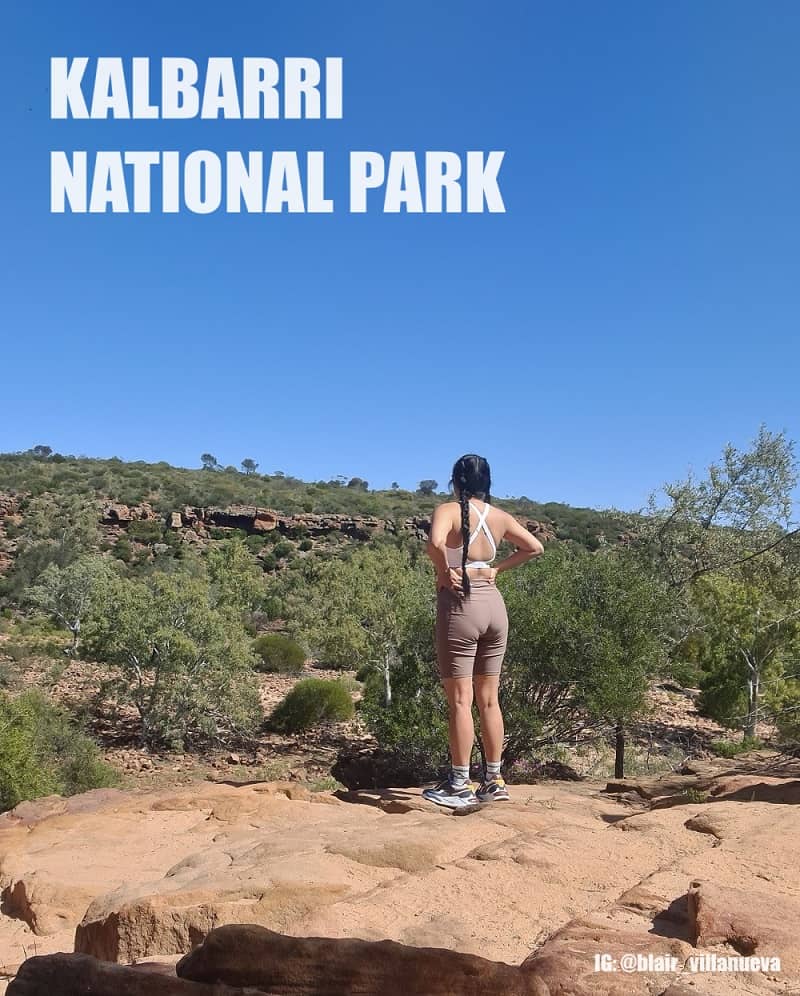


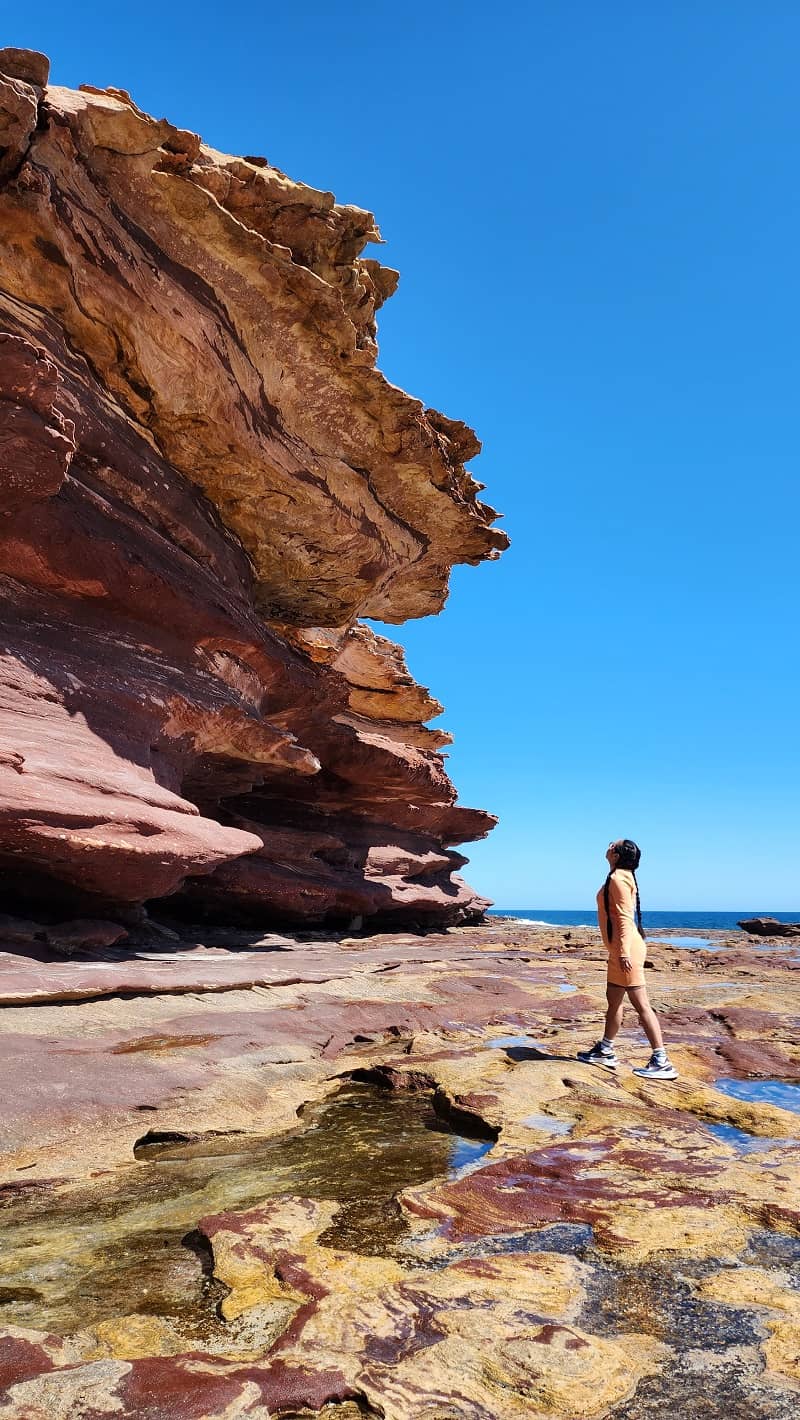


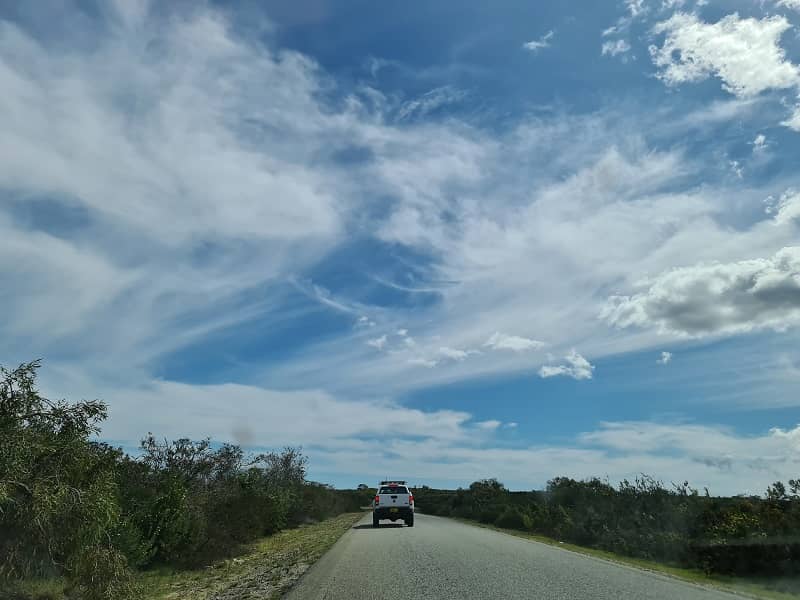
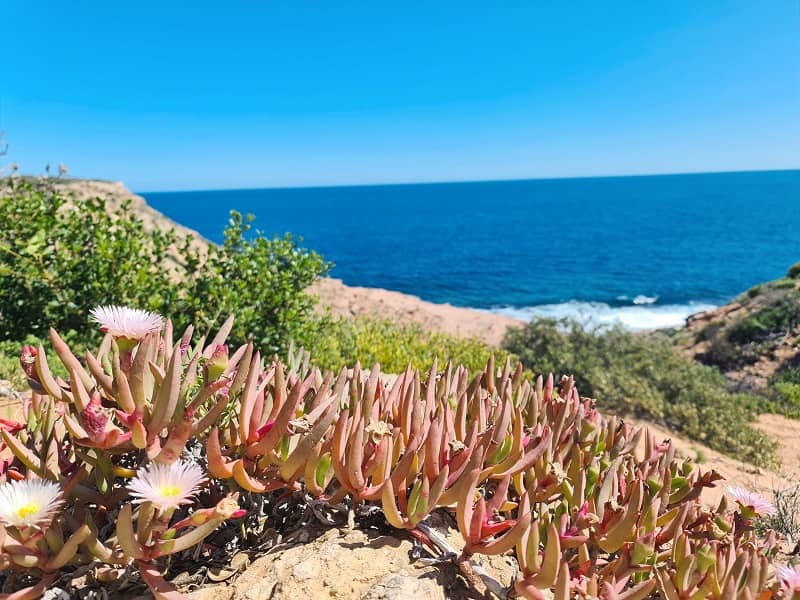


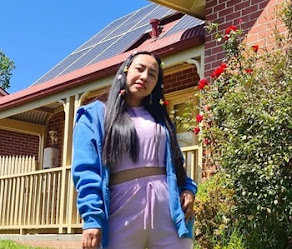
















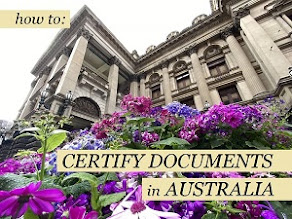
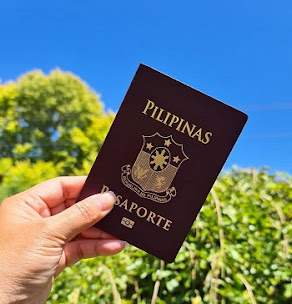





Post a Comment